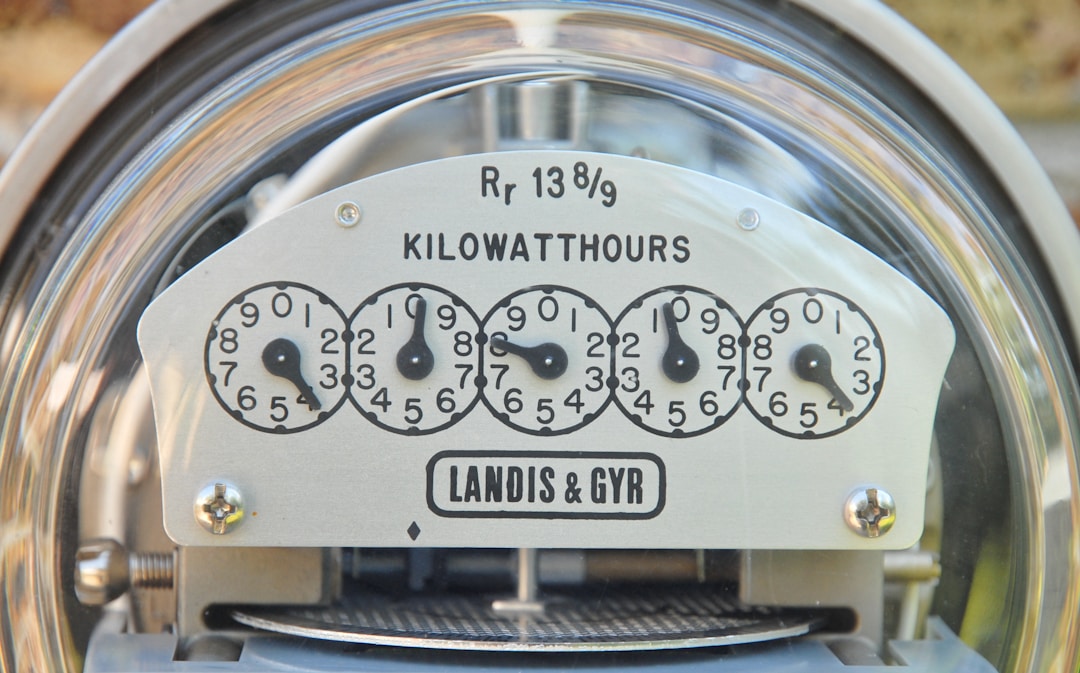Depending on where you live, your furnace could face some significant challenges when trying to heat your home. When temperatures dip below freezing, your heating system will have to work overtime to combat outside conditions. As a result, your equipment has to meet the demands and strains of the frequent cycles required to heat your home. While many homeowners operate under the philosophy that if something isn’t broken, you shouldn’t fix it, your furnace could be struggling to keep up with your heating demands.
In general, your furnace should last around 20 years. With proper care, maintenance, and routine service, your furnace may last well past the expected 20-year life span. However, just because your equipment is still working doesn’t mean that it is performing efficiently. As your system ages, wear and tear will take a toll on your furnace, and it will gradually become less efficient. You may notice that it also begins to break down more frequently.
Switching from an older furnace to a newer, more efficient system can save you money and improve the air temperature in your home. In addition to energy benefits and improved performance, a few other positives could result from installing a new furnace. Let’s take a look at the benefits on installing a new furnace.
Improved Energy Efficiency

Systems older than 20 years can be around 65 percent less efficient than newer models. Even if your furnace is working well, it could be costing you a significant amount of money on your energy bills. Depending on where you live, your furnace could contribute to a significant portion of your energy bills in the winter. A newer furnace with a higher energy rating will produce warmer air more efficiently and heat your home while using less energy. A more efficient system will help keep your home more comfortable with fewer cycles.
Better Airflow
As your old furnace ages, the motor will begin to wear, and you will experience diminished airflow over time. Today, new high-efficiency furnaces are built with variable-speed motors. A variable-speed motor is designed to run for longer cycles at lower speeds. As a result, a new furnace will heat your home gently, avoid major temperature swings, and eliminate cold and hot spots. Ultimately, this will provide a better flow of air throughout your home. Variable-speed motors increase the static pressure in your air ducts and provide more positive airflow at each register.
Quieter Unit
As your HVAC system ages, it will become noisier during operation. Parts will begin to wear and belts will loosen, which could create rattling, vibrations, and other noises. While these things can be corrected during annual maintenance, age will inevitably cause your older furnace to be louder. Aside from having newer parts with fewer issues, many newer furnace models are also designed with sound-absorbing material that will help reduce the noise that your HVAC system makes.
Fewer Repair Costs

Even if your older furnace doesn’t completely break down, you will experience more mechanical issues as the internal parts wear. When you purchase and install a new system, the unit and internal parts will be under warranty and problem-free for at least a couple of years. While the upfront cost of a new furnace may be higher initially, it could save you money in the long run by avoiding numerous costly repairs. Aside from basic maintenance costs, you will not have to spend money on your new furnace for a while. Not only will you have fewer repair costs, but a new furnace will also be at a lower risk of breakdown and emergency technician calls.
Upgrading the furnace within your HVAC system could come with numerous benefits. A new furnace will help improve efficiency and reduce your overall energy bills. Additionally, a new furnace installation will also provide you with increased comfort and reduced breakdowns and malfunctions. A new furnace will ensure that your home is warm and toasty this winter season.

